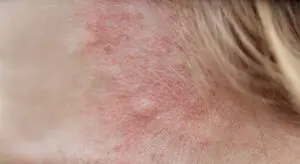Let's talk about your pest problem. Call Beaver Pest Control on 020 8355 3443 #
A-Z of Pests: Bedbugs #
Beaver Pest Control are one of the leading expert pest control companies in the UK. Our goals are not only to provide effective pest control to our customers but also to educate everyone on the pests we deal with every day.
Why bedbug control is important? #
Bedbugs survive by feeding on blood. Bedbug bites can cause skin irritation and allergic reactions. They can also cause anxiety and lack of sleep for people affected by an infestation. If left untreated infestations can easily spread.
Appearance #
Bedbugs (Cimex Lectularius) are small, reddish-brown, flattened insects. They have oval bodies, six legs and two antennae. After feeding on blood, their bodies become swollen. Bedbugs are nocturnal and will hide in cracks and crevices during the day, and come out at night to feed.

Mating and lifespan #
Mating takes place off the host, the female will attach up to 200 eggs to the structure in small numbers of 4 or 5 per day. The temperature in the environment must remain above 10-13 degrees Celsius for the eggs to hatch.
Once hatched the nymphs will develop through a series of moults (usually five) to reach full development. This can take as little as a few weeks to several months depending on temperature and availability of food.
All nymphal stages feed on blood (that could be from animals as well as humans). Adult bedbugs are highly resistant to starvation and can go up to a year without feeding.

Signs and traces #
Bite marks from bedbugs are often found in a line or a cluster. They tend to bite higher up your body in their search for body heat.
Blood spots on sheets and mattresses are often a common sign of bedbugs that have been crushed whilst attempting to feed.
Bedbugs will shed their skin or moult up to five times before becoming an adult.
Bedbugs produce a characteristic smell from their faeces and scent glands. This is a musty sweet odour.
During the day you may find bedbugs in cracks and crevices, check around the edge of your mattress and bed frame, behind any frame on your walls, under carpets, under light switches.









